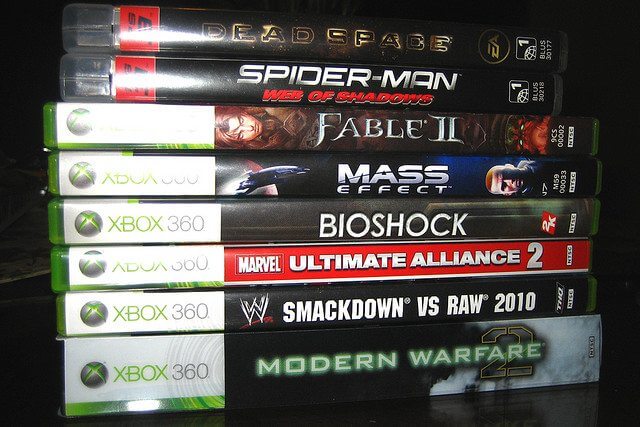The video game industry is a global industry, and it is worth $65 billion in the United States (hereinafter U.S.). It is made up of cutting edge technology, creative engineering, and imaginative character and setting designs. The World of Intellectual Property Magazine (hereinafter WIPO Magazine) reports that video games are “the fastest growing sector of the entertainment industry and an important driver of economic growth creating millions of jobs, generating much-needed tax revenues and offering exciting opportunities for talented creators and engineers from all corners of the globe.”
Trademark

As mentioned in Trade Dress Protection, “A trademark is a mechanism for identifying the source of a good or service and a technique for providing marketing advantages for the owner of the trademark.” According to the United States Patent and Trademark Office (hereinafter USPTO), it is “any word, name, symbol, or device, or any combination thereof, other than a trade name in its entirety, adopted and used by a person to identify their goods and distinguish them from similar goods made or sold by others.”
Trademark protection relates to the video game industry because most all of the names of video games, consoles, and developers are protected under trademark law. For example, according to the USPTO, Activision Publishing, Inc. is the owner and applicant of the Call of Duty trademark name series that includes the following: Call of Duty Advanced Warfare, Call of Duty Ghosts, Call of Duty Elite, and Call of Duty Black Ops among several others. Next to the title, Call of Duty, on the video game packaging, there is a capital “R” with a circle around it (®). This symbol is used to indicate that it is a registered trademark.
To learn more about the trademark protection of video games, check out Revision Legal’s article entitled, Trademarking the Name of a Video Game.
Copyright
As mentioned in The Ins and Outs of Copyright Law, a copyright protects an author’s original work, and its purpose is to foster the creation and dissemination of intellectual works for the public welfare and give authors a reward due to them for their contribution to society. Furthermore, it is important to keep in mind that copyright protects an expression, not an idea. For example, the idea to create and design a fairy in a video game is not protected under copyright law; therefore it does not violate copyright law to incorporate a fairy into a video game. However, to create and design a fairy that looks similar to Tinker Bell in a video game could constitute copyright infringement under copyright law.
Another instance in which an idea is not protected under copyright law is referred to as scenes à faire. According to U.S. Legal, scènes à faire “refers to situations in which there is essentially no other way to express a particular idea except by using certain elements and in such instances, those elements will often be termed “‘scènes à faire.’” A common example of scènes à faire is kissing in the rain. Since this idea is standard or common to a particular love themed story or setting, it is protected under the scenes à faire doctrine, which precludes it from copyright protection.
In addition to the lack of copyright protection for scenes à faire or an idea, there are several other instances where copyright protection is not afforded. Under Section 102 (b) of the Copyright Act, “In no case does copyright protection for an original work of authorship extend to any . . . procedure, process, system, method of operation, concept, principle, or discovery, regardless of the form in which it is described, explained, illustrated, or embodied in such work.” 17 U.S.C. § 102(b). The U.S. Copyright Office states that “[c]opyright protection is therefore not available for ideas or procedures for doing, making, or building things; scientific or technical methods or discoveries; business operations or procedures; mathematical principles; formulas or algorithms; or any other concept, process, or method of operation.”
Trade Secret
According to the World Intellectual Property Organization (hereinafter WIPO), a trade secret is “any confidential business information which provides an enterprise a competitive edge . . . . Trade secrets encompass manufacturing or industrial secrets and commercial secrets. The unauthorized use of such information by persons other than the holder is regarded as an unfair practice and a violation of the trade secret.”
Trade secrets are becoming more important to publishers, who include companies that publish a video game produced by a developer. More than half of the developers, who work for publishers, in this industry are considering themselves independent rather than being internal developers from the company, meaning the developers may work to develop video game software for many different competing companies. Therefore, developers are encouraged to understand their rights when working for a company and to understand that it is in the best interest of a company to control the ideas that their developers are producing. For example, the software that is used to create a video game may be a trade secret, so a company would want to protect its idea to deter its developers from sharing its company software secret with other competing companies. A company protects these developments under trade secret law.
For more information about intellectual property protections for video games, contact Revision Legal’s copyright attorneys through the form on this page or call (855) 473-8474.
